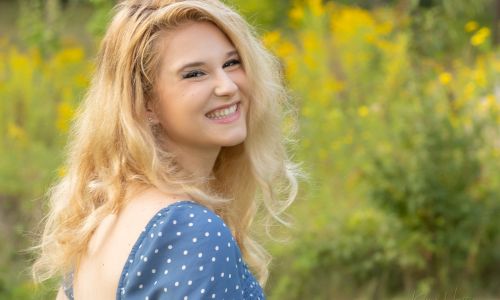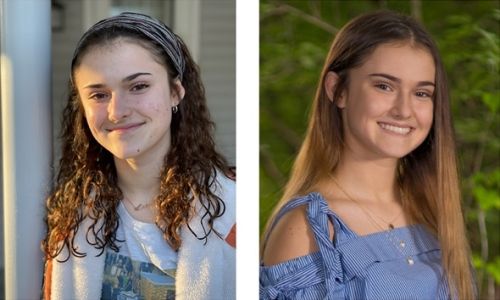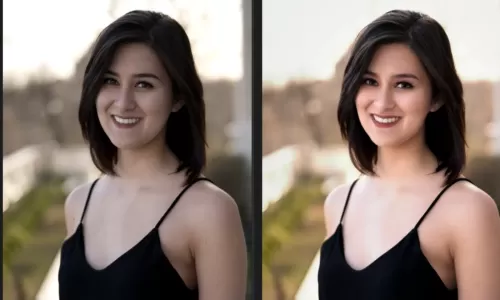Using AI in Photography: Is it “real”...?
Artificial Intelligence (“AI”) has been around in one form or another for at least four decades, probably more. When I worked for a large company in the early 80’s I was able to ask a question via a limited hand typed “Lexicon” (i. e. “How much was spent on XYZ project?”) and the computer would return an answer in the form of a simple report. Today, AI technology is everywhere and has very quickly become entrenched in our everyday life. Whether asking Siri to call someone or turn on the coffeepot or “Bots” roaming around figuring out the most efficient way to perform a task or intruding into our personal life trying to sell us something. Quietly, though pervasively, AI has found its way into Photography. I am not talking about some automatic cloning to remove telephone poles, or other small items from our iPhone or other photos. Nor am I concerned about exposure/color adjustments that I use to retouch certain photos. Primarily because I am the one deciding and approving what and how much of an adjustment is appropriate for my style and taste.
I am concerned about adding objects, or in some cases, creating almost entire photos using AI. I have spent countless hours learning, experimenting, and improving both my photographic skills and my retouching and artistic use of Photoshop and other digital software to create the final images I am proud to create. Me… NOT an algorithm and NOT a bunch of ones and zeros deciding what is art. Frankly, I am insulted that any “Artist” would create an image using STRICTLY AI and calling it their own while not giving mention to the use of AI anywhere. Essentially plagiarism in its truest form. Generative A.I. tools can produce photorealistic images, typically in response to written prompts. These images are available for purchase from major stock photography agencies alongside traditional photos. These photographs routinely go viral before being debunked. They even occasionally win prestigious photography prizes. All of which has reignited a two-century-old debate: What exactly qualifies as a photograph?
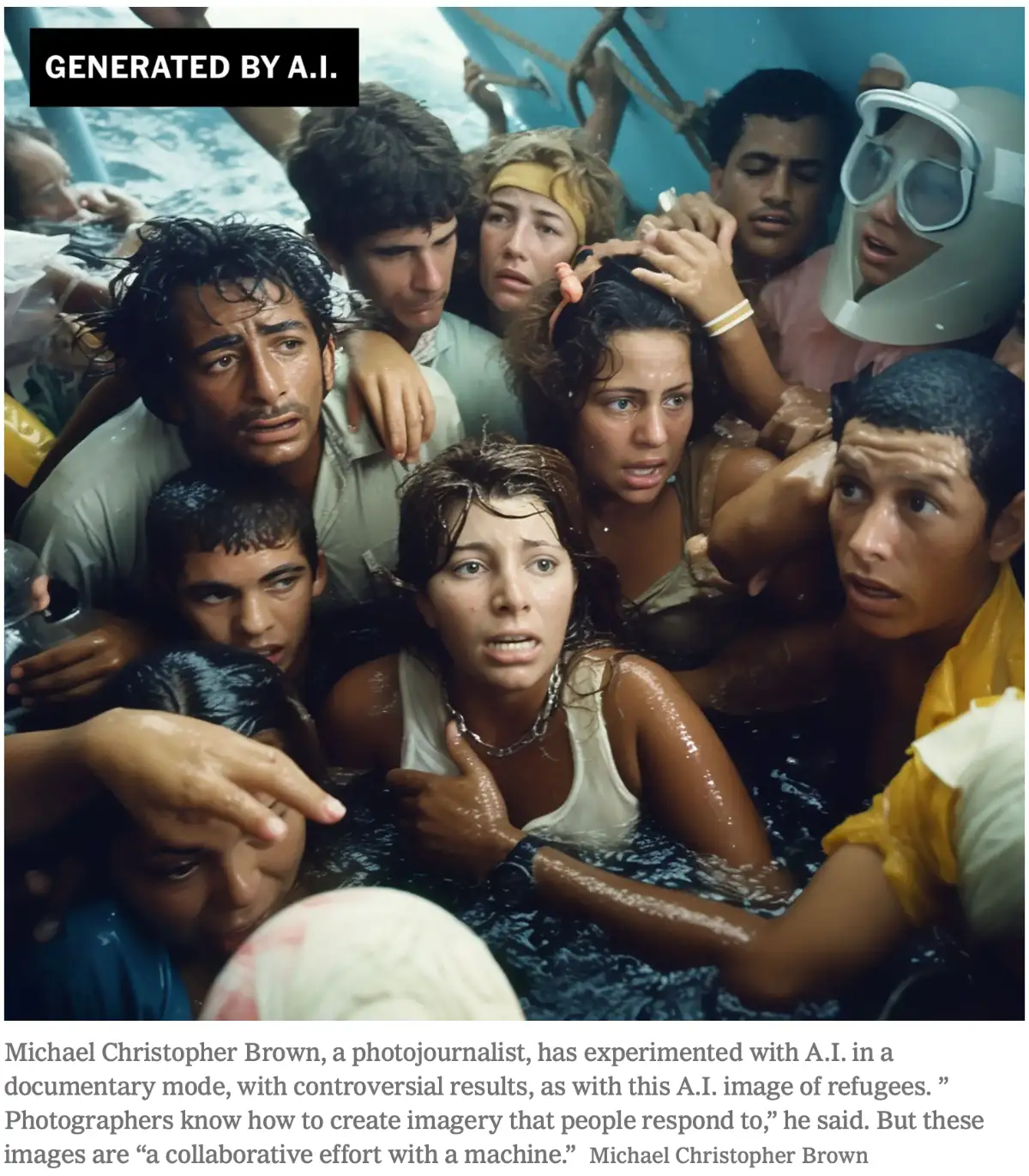
Aside from very real concerns about the livelihoods of professional photographers, especially those who work in commercial photography, I worry that AI image generators may leave society, more vulnerable to widespread manipulation — as presaged by hoax AI images of Donald Trump violently resisting arrest or, somewhat more comically, of Pope Francis wearing a Balenciaga-inspired coat. However artful or convincing, are at a remove from the world. AI images are typically digital composites of countless existing photographs, so by what definition are they themselves real? No wonder some observers are asking: How can we believe anything we see?
Now, I’m not that naïve to think that Photoshop and other tools are not utilizing a form of AI in their core program. Generative A.I. tools can produce photorealistic images, typically in response to written prompts. In its recent versions of Photoshop, Adobe has introduced what is called a “Generative Fill” tool. This allows me to select an area in the photograph that I took, and simply type in something like “replace with fantasy flower garden” and Photoshop will magically create the background or area that IT THINKS I wanted. Many photographers have called this a game changer, and we should all embrace it or be left behind. Not unlike when digital photography began creeping into the film arena. I call “baloney” on that. I have experimented with this Generative Fill tool and other AI features and, frankly, I can do a better job myself. More importantly…it’s MY work. Yes, I am using a software program to alter the original image. But it is not unlike an artist that uses different paint brushes and other tools to create their final painted artwork.
During my intense and accelerated learning quest, I worked with Joel Grimes, a very creative and successful advertising photographer who’s incredible work was almost always a composite of more than one image. That is merging two or more photographs, adjusting, blending, and combining them in Photoshop to create a single image. He was very clear and upfront about his art and, quite honestly, referred to his process as “selling the fake”. I have incorporated many of his skills and techniques into the sports and portrait work I create today.
I understand the marketing value of adding an AI feature in Photoshop that can create objects out of nothing, presumably smartphones are starting to do this. But in my opinion, for professional photographers, these fake images are a real threat to our livelihoods and reputations. When a pro does catch or create an actual image that seems extraordinary, some folks will be suspicious that you used AI. Like all technology AI is a double-edged sword. It can be used to create fabulous images subject to copyright laws, or it can be used to create deep fakes and harm creators and entertainers. This all depends on the honesty and integrity of the person using AND those purchasing the work that used the AI. As usual, bad actors will always take advantage. It is up to the creative community to police themselves and call out anything that is ethically wrong.
Should AI photos be differentiated from human-assisted or Raw photos?
The debate over whether to label AI-generated or AI-assisted photos as such is ongoing. Some argue that images should be them for transparency and to preserve traditional photography, while others argue it limits artistic freedom. In the end, the choice to label or not depends on the situation and goals of the business or individual. Some platforms may require labels for transparency, while others focus on the emotional and artistic impact of the image, regardless of its creation method. Balancing these perspectives is important as AI plays a growing role in photography and art.
AI in Photography Competitions
AI has significantly impacted the field of photography, offering both professionals and amateurs innovative tools and capabilities. Last March, the Sony World Photography Awards made headlines by announcing the winning entry in their creative photo category, which was a black-and-white image titled “PSEUDOMNESIA: The Electrician.” This image depicted an older woman embracing a younger one, showcasing the power of photography as a medium for artistic expression.
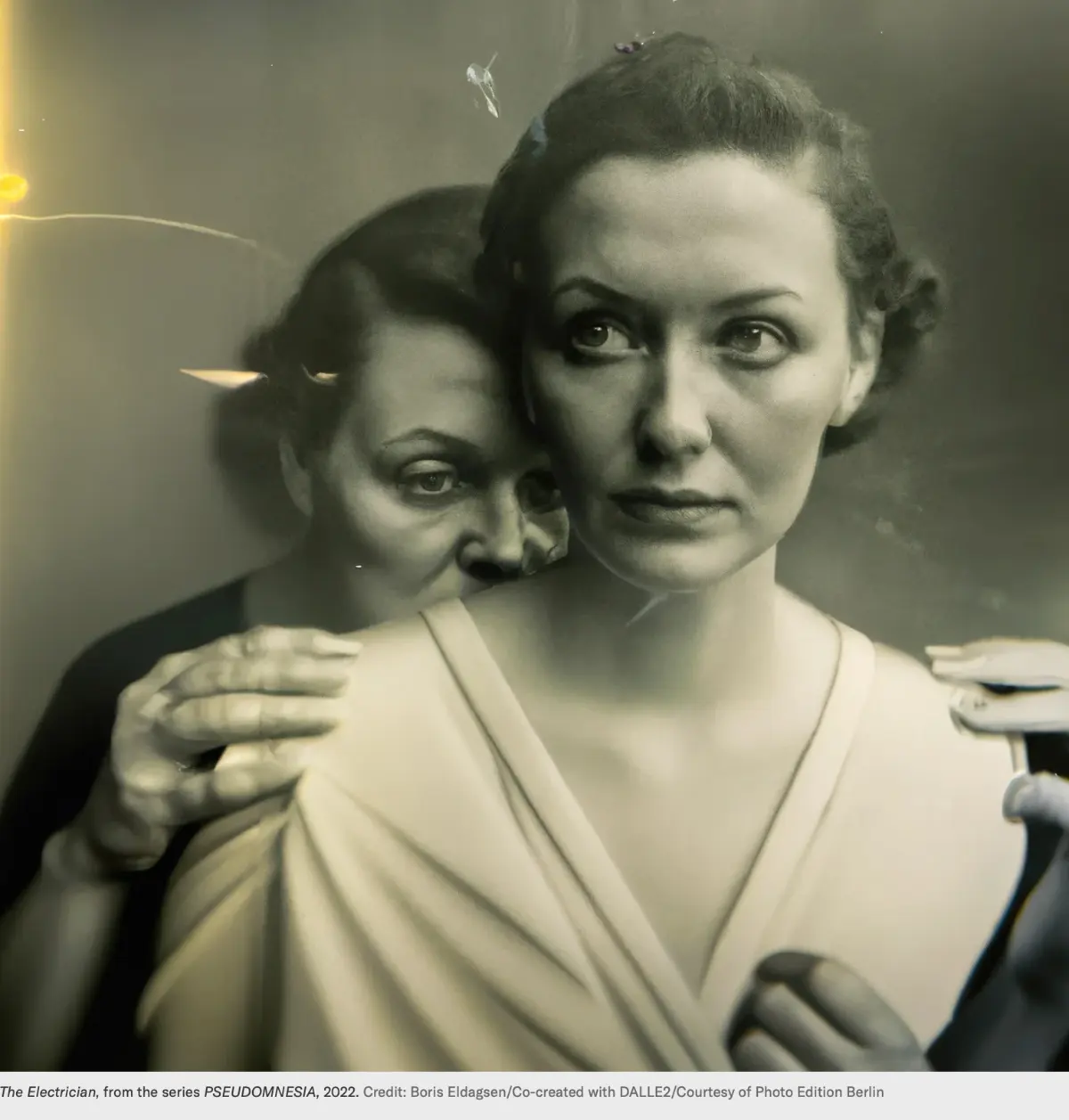
A noteworthy development in the competition was the participation of photographer Boris Eldagsen from Germany, who intentionally submitted an image not taken with his camera but created using artificial intelligence. Eldagsen’s entry was titled “Pseudomnesia | The Electrician.” He aimed to provoke a discussion about the role of AI in the photography industry, highlighting the capabilities of artificial intelligence in generating compelling visual content.
Eldagsen’s unconventional approach was met with recognition, as he was selected as one of the winners in the competition’s creative open category. However, in a bold move, he refused to accept the prize during a ceremony held earlier this month. This incident underscores the ongoing debate and questions surrounding the integration of AI photography, including its role in artistic creation and its impact on traditional photography practices. I salute and support Mr. Eldagsen’s decision.
Historically, photography has been at similar crossroads. Consider the French painter Paul Delaroche who, legend has it, declared painting “dead” after seeing a daguerreotype, one of the first photographic inventions. Painting did not die; it just evolved into a different kind of artistry.
I have no idea where this is going. Maybe the Professional Photographers of America (“PPA”), our professional organization, and other photo organizations can come up with some way of minimizing the impact of all this. In the meantime, for me, I will continue to create the real deal…what you see from me was created by me.
(Some of the above excerpted from NYT Opinion By Gideon Jacobs December 23, 2023; https://www.nytimes.com/2023/12/26/opinion/ai-future-photography.html)
See also: Scientific American story by Allison Parshal.
https://www.scientificamerican.com/article/how-my-ai-image-won-a-major-photography-competition
